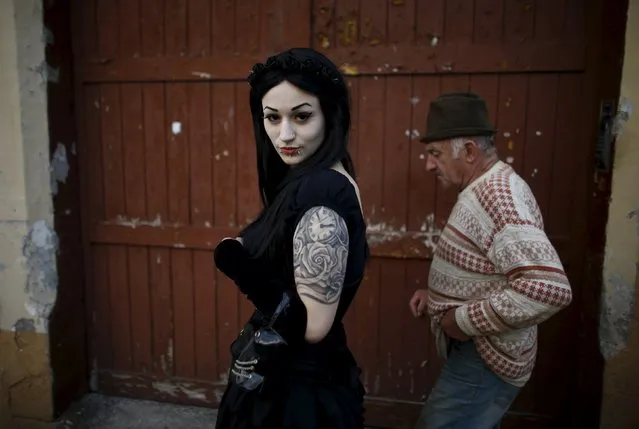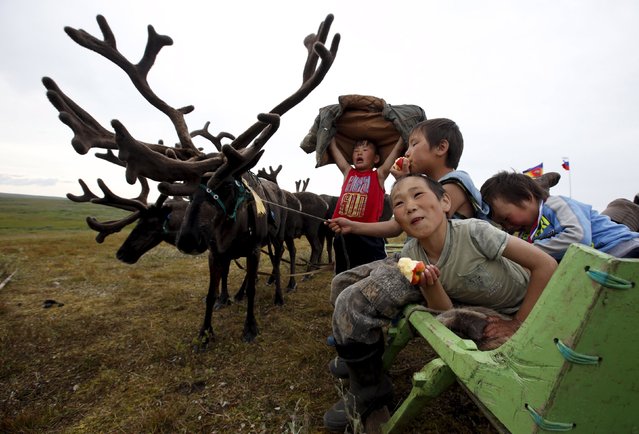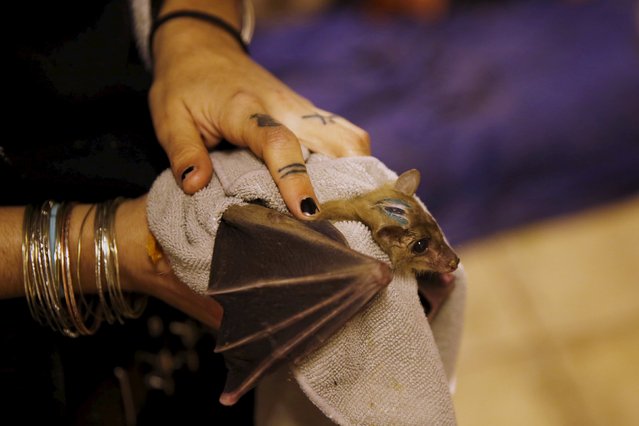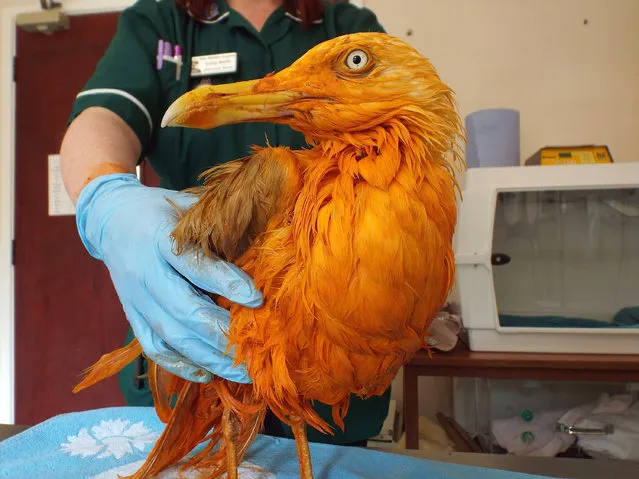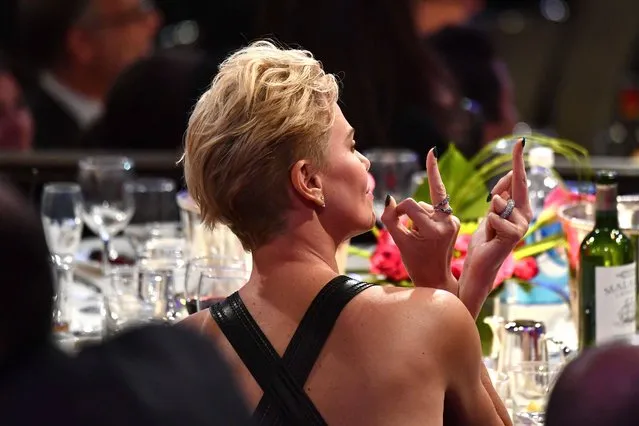
Miss Venezuela Edymar Martinez poses during the swimsuit contest during the Miss International beauty pageant in Tokyo on November 5, 2015. Martinez won the Miss International title. Representatives of 70 countries and regions from all over the world took part in the annual beauty contest. (Photo by Toru Yamanaka/AFP Photo)
08 Nov 2015 08:03:00,post received
0 comments


